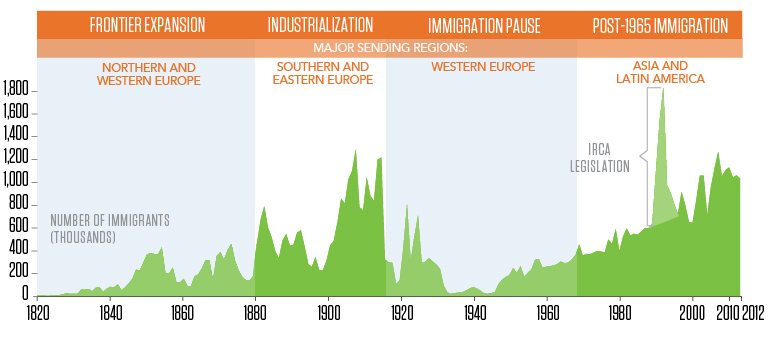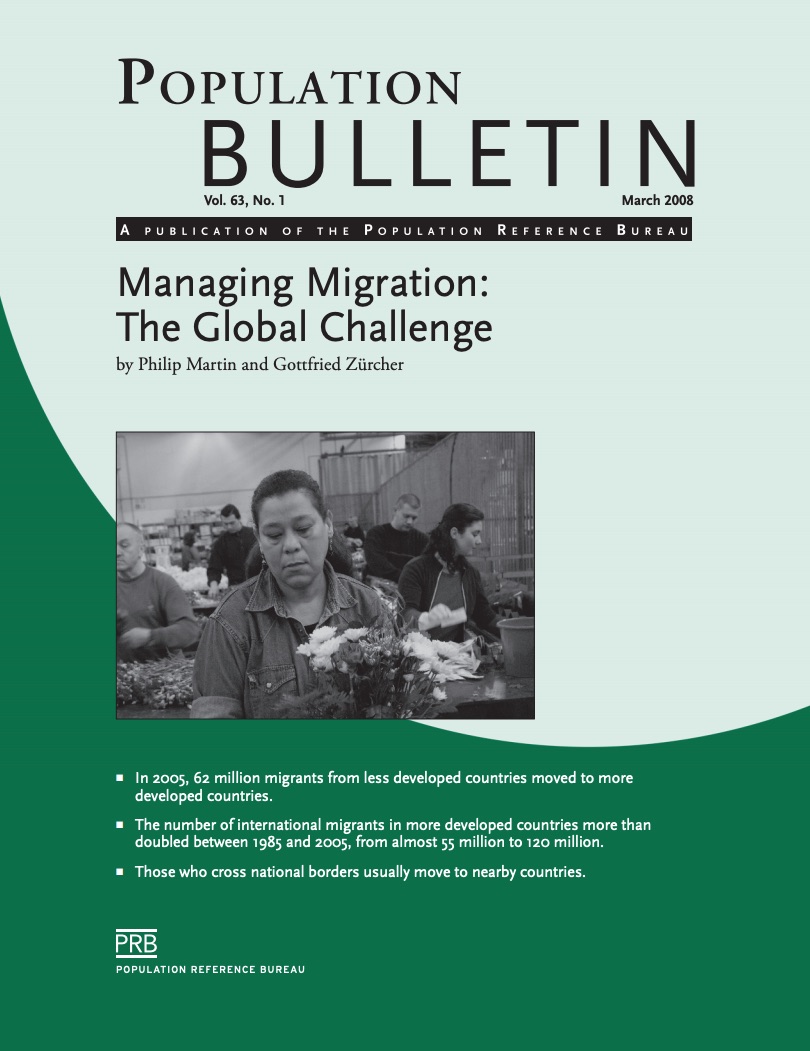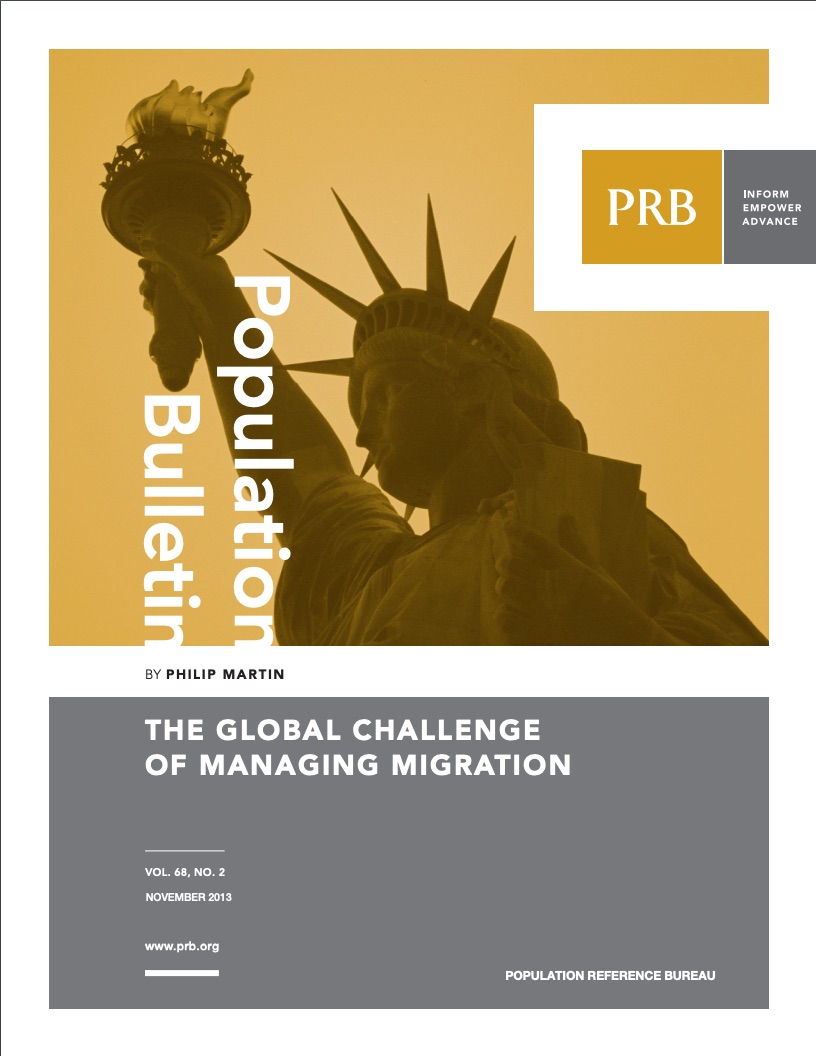211 Search Results Found For : "E %EB%A0%88%EB%B2%84%EB%A6%AC%EC%A7%80%EA%B1%B0%EB%9E%98%7BWWW%2CBYB%2CPW%7D %EB%A0%88%EB%B2%84%EB%A6%AC%EC%A7%80%EB%A7%A4%EB%A7%A4 %EB%A0%88%EB%B2%84%EB%A6%AC%EC%A7%80%ED%88%AC%EC%9E%90%3A%EB%A0%88%EB%B2%84%EB%A6%AC%EC%A7%80%EB%A6%AC%EB%94%A9%E2%91%B8%EC%95%84%ED%8C%8C%ED%8A%B8 wel"

Trends in Migration to the U.S.
(2014) Under the motto e pluribus unum (from many, one), U.S. presidents frequently remind Americans that they share the immigrant experience of beginning anew in the land of opportunity.1

Managing Migration: The Global Challenge
(March 2008) The number of international migrants is at an all-time high. There were 191 million migrants in 2005, which means that 3 percent of the world's people left their country of birth or citizenship for a year or more.

Population Bulletin, vol. 68, no. 2. The Global Challenge Managing Migration
(2013) The number of international migrants more than doubled between 1980 and 2010, from 103 million to 220 million.1 In 2013, the number of international migrants was 232 million and is projected to double to over 400 million by 2050.

Today’s Research on Aging 44: More Than a Feeling: How Social Connection Protects Health in Later Life
Older adults’ social ties are more important for physical and mental health than previously thought, new research shows.
Integrating Coffee Agribusiness and Community Health Initiatives in Rwanda
Since the 1990s, Population, Health, and Environment (PHE) approaches have addressed the complex links between human health, environmental management, poverty, and population pressures in order to solve development problems in areas critical for biodiversity and natural resource management.
Did South Korea’s Population Policy Work Too Well?
(2010) Many developing countries adopted policies to slow population growth in the latter half of the 20th century in response to population growth rates that had risen to three or more times greater than those ever observed in industrialized countries.
Project: Center for Public Information on Population Research (CPIPR)
U.S. Teen Birth Rate Correlates With State Income Inequality
(2012) Despite declining rates, teen birth rates in the United States remain persistently high, at 34.4 births per 1,000 women ages 15 to 19.

